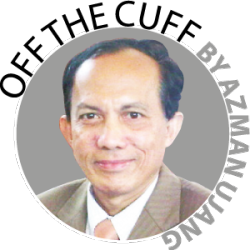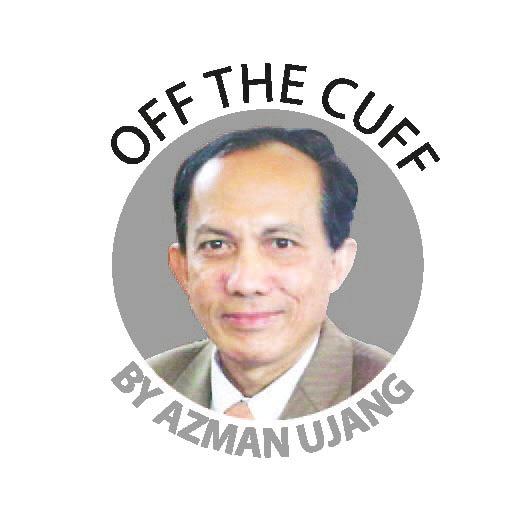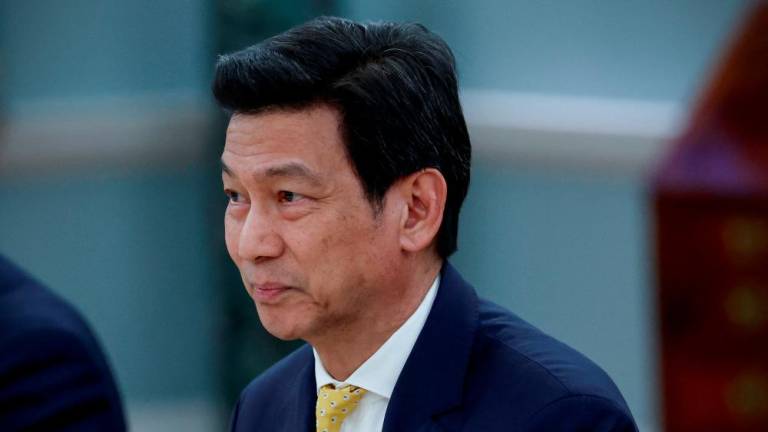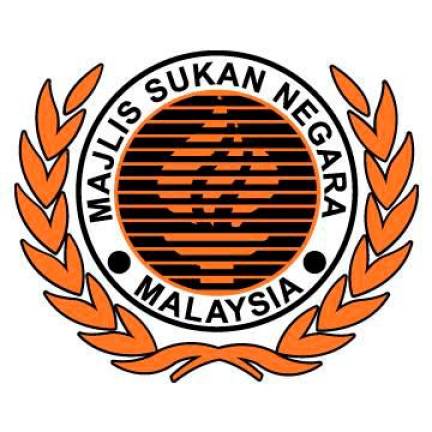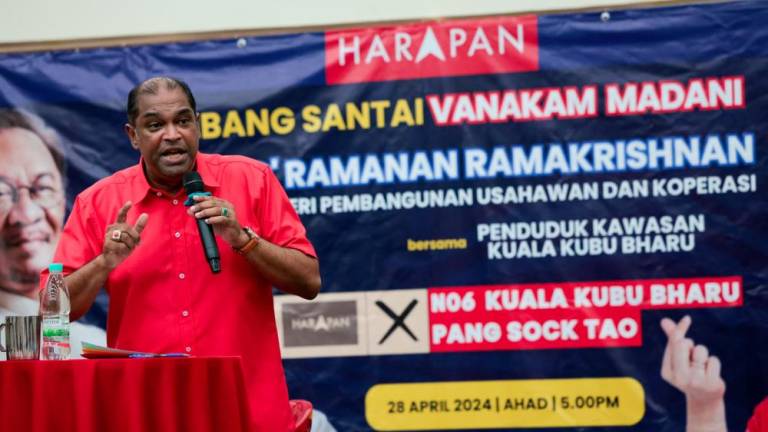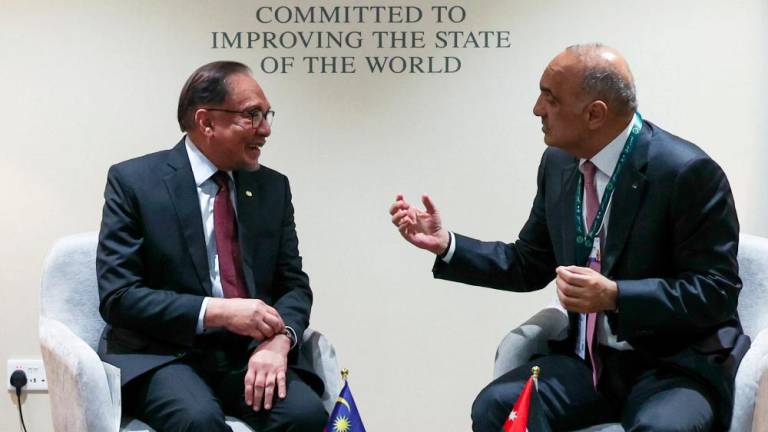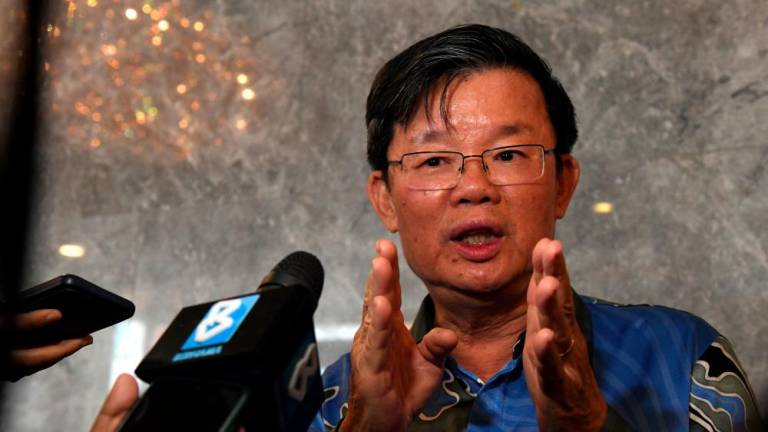DESPITE billions invested in upgrading public transport and mass transit systems, Malaysians are still deeply “trapped” in a car society lifestyle with no end in sight.
This phenomenon is best seen in the estimated two million cars that were on our roads and highways during the Hari Raya celebration for most of last week in the Balik Kampung exodus and back.
Bumper-to-bumper traffic snarls and bottlenecks were the order of the day and if surveys were to be conducted on patience and tolerance among citizens of the world in any particular week, I have no doubt that Malaysians will come out tops.
By the same token, if only the experience that motorists went through last week could be applied in daily lives, Malaysians should be a more tolerant and patient lot.
Many social problems are triggered by intolerance and impatience.
A classic example was an incident just before Hari Raya when a man, who certainly was looking forward to celebrating the festive occasion but is now languishing in jail under a one-year sentence for a road bully offence.
This motorcyclist had in anger smashed his helmet on the car windscreen of a female motorist when she honked at him for getting in the way of her car.
He now has plenty of time to regret his harsh action and ponder behind bars how silly he had been especially missing the Hari Raya with his loved ones.
Journeys that normally take two or three hours lasted three or four times longer last week but what choice do motorists have as by and large Malaysians who live and work in the cities and big towns predominantly hail from far flung kampungs and Hari Raya is the best time to return to our roots.
My son, for example, took 14 hours to reach Tanjung Malim in Perak from his wife’s home in Kelantan last weekend.
Statistics recorded by the police for the two weeks from May 29 are as grim as ever with almost 23,000 crashes or accidents as the media normally describes them, resulting in 229 deaths as of Wednesday.
This means 229 either did not make it for Hari Raya or the return trip.
With the soaring number of cars, we will continue to see rising figures of road deaths not only for festive seasons but throughout the year.
Private cars and motorcycles are still Malaysians’ No. 1 choice of transport although the light rail transit (LRT) or mass rail transit (MRT) are prevalent in Kuala Lumpur and parts of Selangor.
Their ridership figures are still too low or under-used making its operating company, Prasarana, having to be highly subsidised while major bus consortiums like Konsortium Transnasional Berhad (KTB) are saddled with huge losses.
How much longer these operators can stay above water is anybody’s guess.
Where did we go wrong?
The answer clearly lies in the fact that the nation planned and implemented mass transport systems only in the last few decades.
When I went to the then Yugoslavia to cover a United Nations conference some 36 years ago, the shops in its capital city of Belgrade hardly sold any luxury goods as the country was under a Socialist system at the time.
I was struck by Belgrade’s super efficient Mass Rail Transit (MRT) while Kuala Lumpur’s main public transport at that time was its aging stage buses and the ubiquitous mini buses!
Kuala Lumpur was then already a fairly modern city compared to Belgrade but its public transport system was archaic.
The seamless tram system in Istanbul for instance is 100 years old.
We are now paying the price of being latecomers in having an efficient public transport system whereby workers in offices and factories still need to travel in private transport because for the majority, our LRT or MRT lines are far from their workplaces.
The peak hours for people to jump on and off the mass transit coaches are to and from their workplaces but from 9am to 4pm on weekdays, the trains and buses are running virtually empty because people are already at work.
The KPB consortium that operates express buses in Peninsular Malaysia has not had its request for a fare hike approved by the authorities for the past 10 years and last year suffered losses amounting to RM39 million.
Unlike the Singapore business model where the MRT was implemented with a huge one-off grant from the government, our similar system here had to be financed by bank loans and with revenue falling short of expectation, its future sustainability needs some hard head-cracking to deal with.
LRT lines are being laid to Putrajaya but once again, the riderships are only going to be high during early morning and late evening hours to carry office workers.
A prominent public transport entrepreneur told me that had the senior Treasury officers agreed to his proposal then to adopt the successful Singapore business model on mass transit, Prasarana would not have been saddled with huge loans.
“But the civil servants I was dealing with then were ‘bodoh sombong’ (arrogantly stupid). They refused to listen to sound business proposals,” he said.
It’s obvious that we cannot continue to build tolled highways just to accommodate the unabated growth in vehicular traffic.
Before signing off this column, I have one suggestion for PLUS that runs the North-South Expressway. During peak hours, please consider closing the R&R outlets.
Before anyone thinks that this is a crazy idea, just look at the massive jams of vehicles entering the R&R zones. They are holding up tens of thousands of motorists who just want to drive on.
Why must the majority suffer because a small minority want to stop?
And to the traffic police, please man the traffic light junctions along feeder roads to the PLUS highways to ease the flow.
Please give this a try at least.
Comments: letters@thesundaily.com



